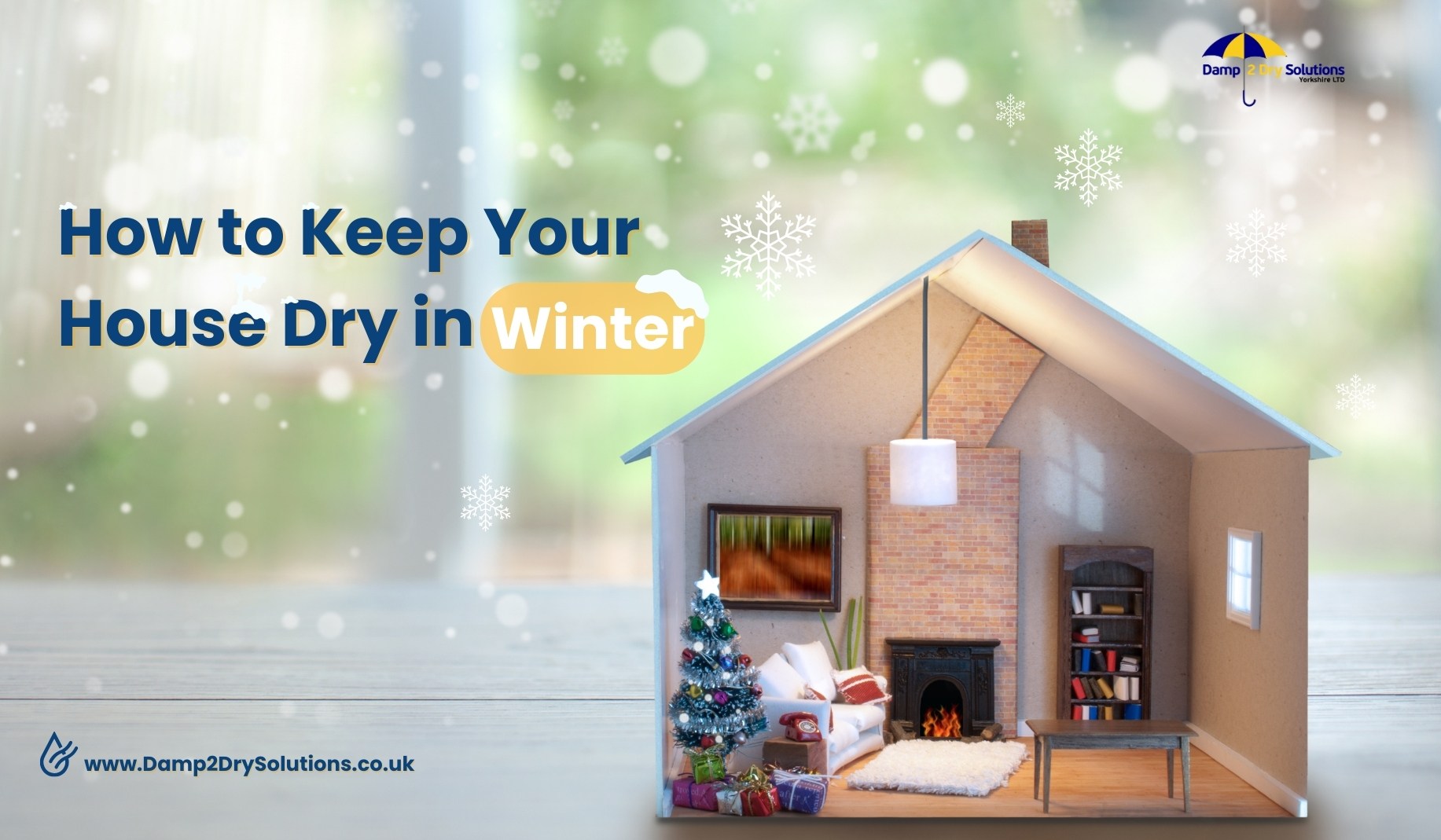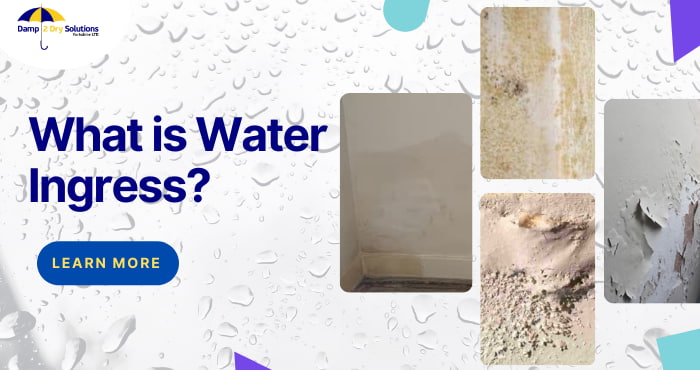The UK winters are just like being wrapped up in a giant quilt. Short days, long nights, crisp air. It’s just the season to sit by a fire, drink hot chocolate, and watch it snow outside.
Of course, winter can be a bit of a grump too. The rain makes everything wet and muddy, and if you’re not careful, your house might start feeling a bit damp, mouldy, or even frozen on the inside.
But don’t worry! There are a lot of ways to ensure your house stays dry this winter. But let’s get out our wellies and raincoats, jump in the car or on a bus and go exploring to scare that grump away.
Here are some of the best ways to prevent moisture problems in your home during the winter months.
Ensure Proper Heating
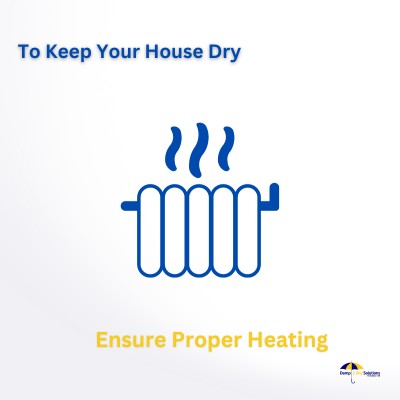
To maintain high efficiency, your heating system must be regularly serviced. In addition to maintaining a comfortable temperature, it also prevents condensation problems. Periodic maintenance not only prevents pollution but also ensures continuous operation, making it a dependable source of heat for your home or office. Here are a few potential methods to maintain the functionality of your heating system.
- Service your heating system regularly to prevent condensation and pollution.
- Check and adjust your boiler pressure and pilot light.
- Use a timer or a thermostat to control your heating schedule and save energy.
- Clean or replace your filters to improve airflow and health.
- Insulate your pipes and radiators to avoid heat loss.
Use Moisture Absorbing Product
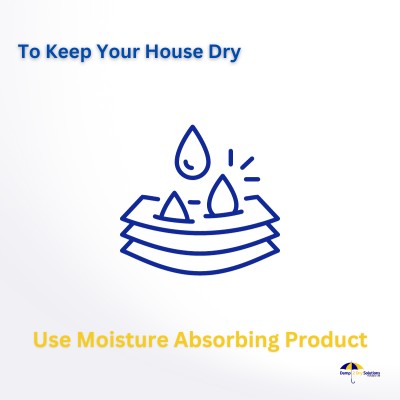
Put moisture-absorbent products in places like basements and closets where humidity tends to accumulate, such as silica packets, Damp Crystals, mututionsabbe, or DampRid. These products keep down the dampness and prevent mould from forming, while also maintaining stored articles.
These easy-to-use moisture control tools can help keep spaces dry and at just the right levels of humidity.
Clean Gutters and Downspouts

Keep your house’s gutters, downspouts, and water drainage system in good shape during winter. This will help you avoid accidents and add some moisture.
If the gutters get blocked by plants, leaves, or rubbish, the moisture can go up and cause problems. You need to clean and fix the gutters often to stop these troubles in the winter.
Install Storm Windows and Doors

One of the best ways to improve your home’s energy efficiency and comfort is to install storm windows and doors. Storm windows and doors are specially designed to provide an extra layer of insulation and protection against cold air, wind, rain, snow, and noise. They can also reduce condensation, prevent drafts, and enhance the appearance of your home.
Storm windows and doors are additional windows and doors that are installed over your existing ones. They create an air gap between the two layers of glass or wood, which acts as a thermal barrier and reduces heat loss. Storm windows and doors can be made of various materials, such as vinyl, aluminium, fibreglass, or wood.
They can be fixed or operable, meaning that they can be opened or closed as needed. They can also have different features, such as low-emissivity (low-E) coatings, double or triple glazing, weatherstripping, or screens.
Dry Wet Items Promptly
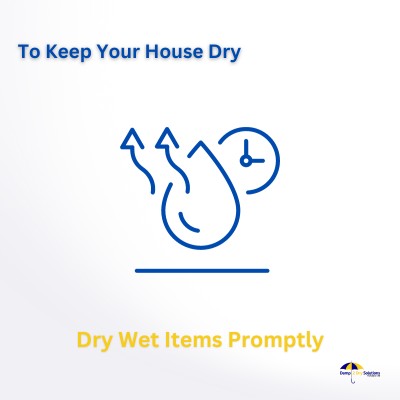
We often notice that we tend to keep clothes and other things in a moist state during the winter or rainy seasons.
A lower humidity prevents the water vapour from rising immediately in this case. Therefore, it is best to put your things in front of hot objects so they can dry off as fast as possible. This will lower the humidity in your immediate environment.
Use Proper Insulation

Installing new insulation will make it more comfortable to live in a cold, damp home. There are all sorts of do-it-yourself types of insulation that keep a steady temperature and prevent condensation by cutting off contact between warm air and cold surfaces.
Here are DIY things you can do to improve the energy efficiency and comfort of your home
- Fit draught proofing to seal any gaps around windows and doors.
- Make sure that your loft has at least 10-11 inches (270 mm) of insulation. Any home with 4 inches (100 mm) or less should have it topped up.
- If you have wall cavities, make sure that they are insulated too.
- If you have solid walls, you can insulate them externally or internally, but this may require professional installation and change the appearance of your house.
- Insulate your hot water cylinder and pipes.
- Choose thicker window treatments, such as curtains or blinds, to reduce heat loss through windows.
- Maintain your existing heating systems and check for any leaks or faults.
- Consider installing renewable energy sources, such as solar panels or heat pumps, to reduce your reliance on fossil fuels.
Proper insulation can resolve the discomfort associated with a damp home in the winter and also have good energy efficiency effects.
Use Humidity Monitors
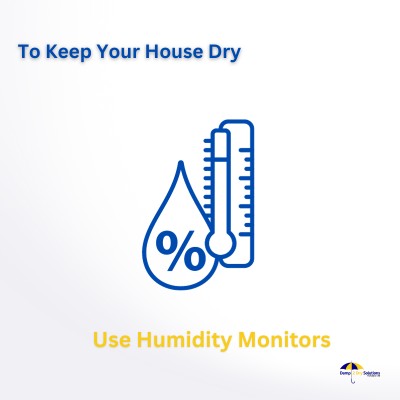
Humidity monitors are devices that measure the relative humidity in the air. They are useful for maintaining optimal humidity levels in various settings, such as greenhouses, wine cellars, homes, offices or nurseries.
To maintain a dry and comfortable indoor environment in winter, you should watch out for indoor humidity. However, many people neglect this factor and let high levels of water vapour ruin the beauty of their home and cause problems such as mould formation, structural deterioration, and poor indoor air quality.
Therefore, it is especially important to actively prevent your house from getting wet in the winter by maintaining ventilation, using dehumidifiers, sealing air leaks, and adhering strictly to a heated residence schedule.
Furthermore, you should frequently check on the humidity indoors and quickly deal with any signs of dampness. Only in this way prevent moisture buildup in your home during cold months and live a fully healthy life.
Check and fix leaks and Gaps

Moisture is often caused by leaking pipes, but we are rather casual about this. These leaky pipes and cracks could cause your property to flood. Consequently, the accumulated water has no place to go but out into the moisture in the atmosphere.
This time, look for leaks and cracks around windows, doors and anywhere else things can get in. Weather stripping can fill in spaces so that warm air doesn’t seep out and cold air doesn’t intrude, which sometimes results in condensation.
Damp proofing to Maintain a Dry House During Winter

Don’t wait to get started on damp proofing by filling in cracks, applying waterproof coatings, and insulating walls. This is the best way to keep a dry home this winter. In addition, promptly addressing leaks, improving ventilation, and using dehumidifiers are ways to prevent moisture buildup.
These prevent mould, mildew, and structural damage in the colder months. They make for a comfortable but healthy environment.
How to make my house warmer?
To make your house warmer, you can update your thermostat to a smart one and use rugs, curtains, and blinds to cover your floors and windows. These are some of the most effective and budget-friendly ways to insulate your home and keep the heat in.
Don’t Let Dampness Dampen Your Winter! Contact Damp2Dry Solutions (Yorkshire) Ltd today and let us be your allies in maintaining a dry, comfortable home all year round. Trust us to keep your house warm, cosy, and free from the perils of winter dampness.
Keep the Chill Out, Let the Warmth In – With Damp2Dry Solutions (Yorkshire) Ltd!



